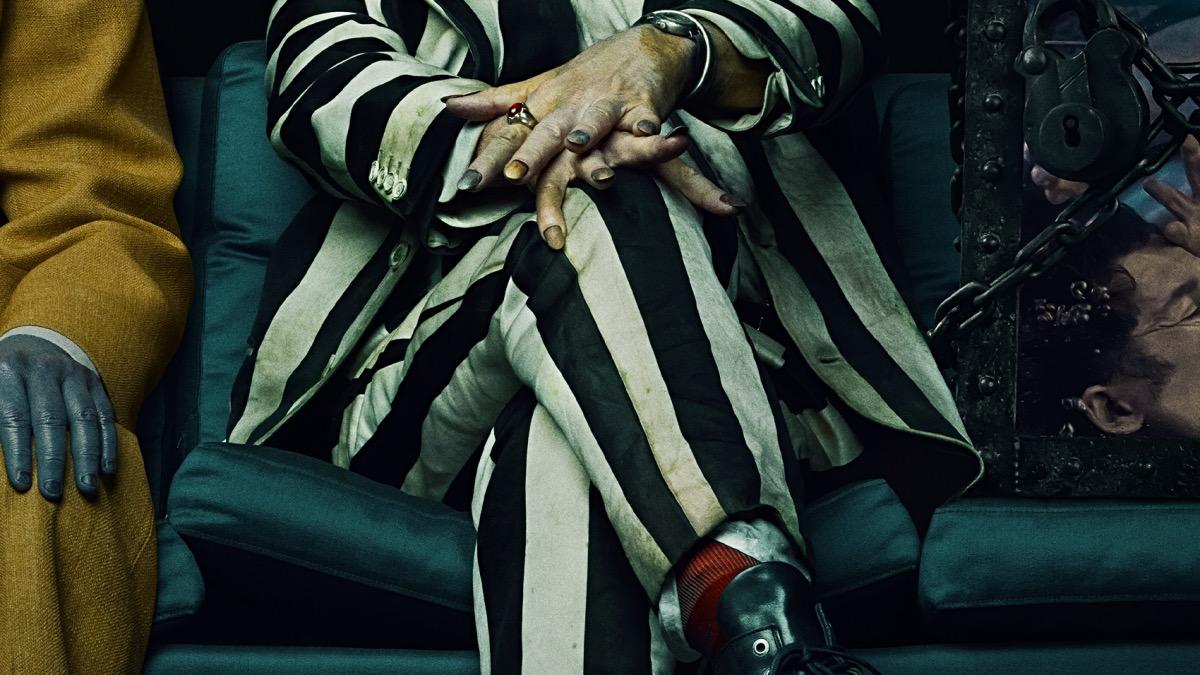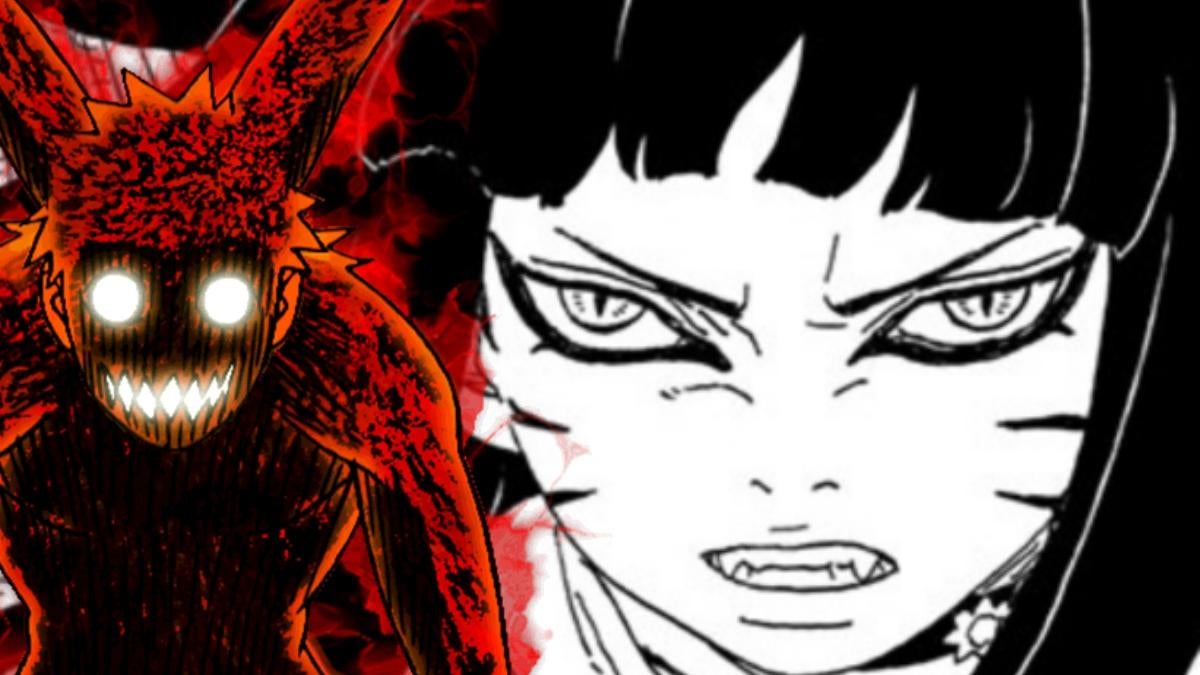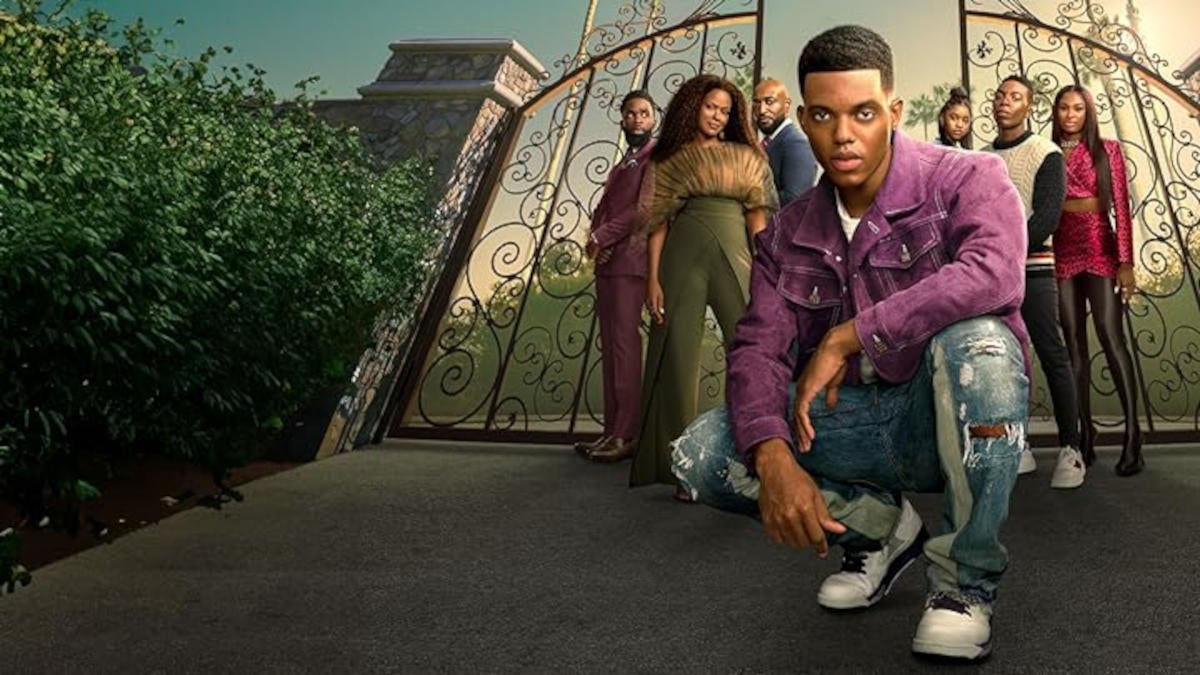Dreadnoughts Creators Discuss the Return of the Dark Judge Dredd Prequel
Mike Carroll and John Higgins discuss the return of Dreadnoughts to the pages of Judge Dredd Megazine.
The world of Judge Dredd is well known for its over-the-top, satirically dystopian police state setting. But before there was Judge Dredd, there was Dreadnoughts. Mike Carroll and John Higgins' Judge Dredd prequel series is one of the most popular modern strips running in Judge Dredd Megazine, Rebellion Publishing's 2000 AD-adjacent monthly publication focusing more on the universe of its most popular character, Dredd. However, Dreadnoughts, which is returning for its third story arc, has an entirely different flavor than Judge Dredd. Where Dredd stories may, unfortunately, predict things to come, it feels comfortingly distant in the future. Dreadnoughts, conversely, is set close to our present day and the subtle slide into fascism is believable enough to be consistently unnerving.
ComicBook had the chance to ask Carroll and Higgins questions about their third outing of Dreadnoughts, beginning in May's Judge Dredd Megazine #468. Here's what the creators told us:

This Dreadnoughts story is more-or-less standalone, something you can pick up and start reading without having read the previous installment, but for those who want a little more context, what would you say are the most important things to know about Dreadnoughts?
Mike Carroll: Dreadnoughts is the first step on the path that takes us from the real world to the one we see in Judge Dredd strips. So while it leads us toward Dredd, comparatively it's only barely science fiction! It's like… SF-adjacent: no flying cars or sky-surfers or aliens, just tough-as-depleted-uranium-nails cops who are absolutely uncompromising and empowered to dispense instant justice.
John Higgins: This is a society set 10 minutes in the future, and coming close to breakdown. Well-meaning people (and also politicians) are making power moves that the silent majority are staying silent on – and this is giving a tacit go-ahead for actions that they will have to accept.
MC: Dreadnoughts is much more grounded in reality than Dredd, so the stories are by nature a lot darker. This is not a fun ride-along with a tough hero cop who's facing terrible odds and world-shattering challenges. This is a world where the police can and will execute someone on the spot – and if it turns out they've killed the wrong person, they don't even need "qualified immunity" to get out of trouble because they don't have to answer to anyone.
I've read the first chapter of this new story, and it seems readers are in for a real pressure cooker. What can you tell readers about what you're doing with this story, how it keeps with the spirit and themes of past Dreadnoughts stories, and how it may (or may not) differ from past installments?
MC: We're sticking to the main themes of the first two Dreadnoughts series – and the accompanying Judges series of prose novellas – which is basically that everyone who thinks that the current justice system is weak or "liberal" and just doesn't go far enough and that the cops should be given greater powers… well, they should be very careful what they wish for!
Dreadnoughts Book 1 and Book 2 are told from the point of view of newly-graduated Judge Veranda Glover as she arrives in Boulder, Colorado, to bolster the half-dozen Judges already stationed there. Through her eyes, we see the impact of the Judges not only on the ordinary citizens but also on the cops and lawyers whom the Judges are gradually replacing.
With this new series, "Nothing to Fear," we're briefly side-stepping to introduce Judge Beckett and the impact of his arrival in a small, quite isolated town in Wyoming. The approach here is quite different with this story because it's told almost entirely from the viewpoint of the citizens and the local cops. From their perspective the Judge system is disastrous: everything they know is going to change forever… This is a door that can never be closed again!

Unfortunately, at least here in America, we're amid another new cycle where police officers in riot gear that isn't all that far removed from what the Dreadnoughts wear are front and center. I assume there's not much you can do about that timing, but do you give it any thought at all?
JH. The vast majority of people do not face a line of riot police, do not cross any barriers between what is considered right or wrong. The majority of people read the news and are concerned, but would probably say "It's not something that concerns me!"
Dreadnoughts is saying "But think: it should concern you!"
MC: It's definitely not deliberate that Dreadnoughts seems to so closely reflect real events. It'd be very hard to do it on purpose because the process of turning an idea into a physical comic takes longer than people realize: For example, I delivered book 2 of Dreadnoughts in November 2020, and the first episode was published in April 2023.
But, yes, I do give it a lot of thought! I follow the news coming out of the USA, and it can be very unsettling. Police ordered in to break up peaceful protests, the rights of women and minorities being eroded, billionaire right-wing politicians stoking and weaponizing the fury of their impoverished supporters, lies and greed and fear-mongering and anger and more lies…
All of this rampant negativity inevitably feeds into Dreadnoughts in one way or another, and it can be a struggle to keep on top of it – and find something positive about the situation.
Do you feel it the proximity to events like this drives home the themes of Dreadnoughts? Is there any concern readers might be hesitant to dive into a story that hits so close to home when the issues are so fresh?
JH: The best SF satire should make people stop and think: "is that a future (or present) I want to live in?"
MC: It's possible that some readers will react strongly to some elements of the story, but that's true of almost every piece of fiction. What a creator puts into a tale does not necessarily correlate with what the reader takes out of it. Most of the time, those things do line up fairly neatly, but sometimes we're blindsided.
When the first series of Dreadnoughts was running in Judge Dredd Megazine there was a couple of extremely negative reactions to a scene in which a cop accidentally shoots a civilian. I intended that scene to illustrate how in a high-pressure situation it's rarely a good idea to mix adrenaline, confusion, fear and high-velocity weapons. It's the middle of a siege, the civilian emerges from hiding with a cellphone in her hand, the cop can't clearly see what it is, orders her to "Drop the weapon!" and she's confused because she doesn't have a weapon. Then… Blam! The cop takes the shot.
Thing is, though – and I think that this is quite important to bear in mind – that the woman was not shot. No one prematurely squeezed the trigger. There was no siege, and no one died that day. It's a story. It's not true. Never happened.
But obviously similar things do happen in real life, so stories sometimes understandably have a resonance with a reader where they might ring true, or feel like a personal attack, or might be a sand-paper-coated pill to swallow.

I'm a big fan of Dreadnoughts. One of its great strengths, of course, is the artwork. It hits the right tone of being in a darker place than where we are now without going so dark as to come back around to being almost cartoonishly dark like Judge Dredd proper can sometimes be. Can you tell me what you're striving for with the visuals, and how those goals may or may not have changed as Dreadnoughts has progressed?
JH: Very kind Jamie. Having worked with Michael many times, he knows and Sally Jane the color artist, regularly comments "Again?" I consistently try different art or storytelling techniques. (I might get it completely right one day! :) I like trying to bring something unpredictable to the storytelling table, sometimes it works and I keep it, for Dreadnoughts I have used a grey render on the line layer, which I am enjoying a lot, that technique I am keeping.
MC: John, Sally, and Simon Bowland – our letterer – are exceptionally talented and it's always a pleasure to work with them.
If we liken the process of making a comic to building a house, then the writer is the architect. But you can't live in a blueprint, so the artist is the builder who makes something real out of those plans, and the colorist is the decorator who turns that house into a home. And then the letterer populates it with life or something…
Okay, that's not a perfect analogy, but then I never metaphor I couldn't mangle.
Lastly, by the end of chapter one, this Dreadnoughts story has already reached a tense place. Are there any last teases or hints about what's to come that you'd like to leave with readers?
MC: Nope! No clues… partly that's because I hate giving away too much, and partly it's because I don't yet know whether any more books will be commissioned!
But assuming that the series is allowed to continue, well, long-time readers of Judge Dredd will know the direction in which the world is heading – and readers of the Judges novellas will have an even clearer idea – but how we get there will remain secret for now. After all, when it comes to confidentiality the Department of Justice has very strict rules… and even harsher penalties!
JH. Michael has a defined direction for Dreadnoughts with Judge Glover on the main storyline. I am a fan (of Michael Carroll of course) but also of being dropped into a story situation and as a reader, you discover elements as it unfolds.
I think this story has introduced a character in Beckett who, for me, is more of an archetype in the mold of Clint Eastwood characters. Glover has a back history that makes her more accessible, but we don't get that luxury with Judge Beckett: he is a cipher and implacable unstoppable force in this story, an unknown element. I like that element of this story.
Judge Dredd Megazine #468, which features the first installment of the new Dreadnoughts story "Nothing to Fear," is on sale now. Dreadnoughts Book 1: Breaking Ground, collecting the first Dreadnoughts story, is on sale now. Dreadnoughts Book 2: The March of Progress is expected to release later this year.




